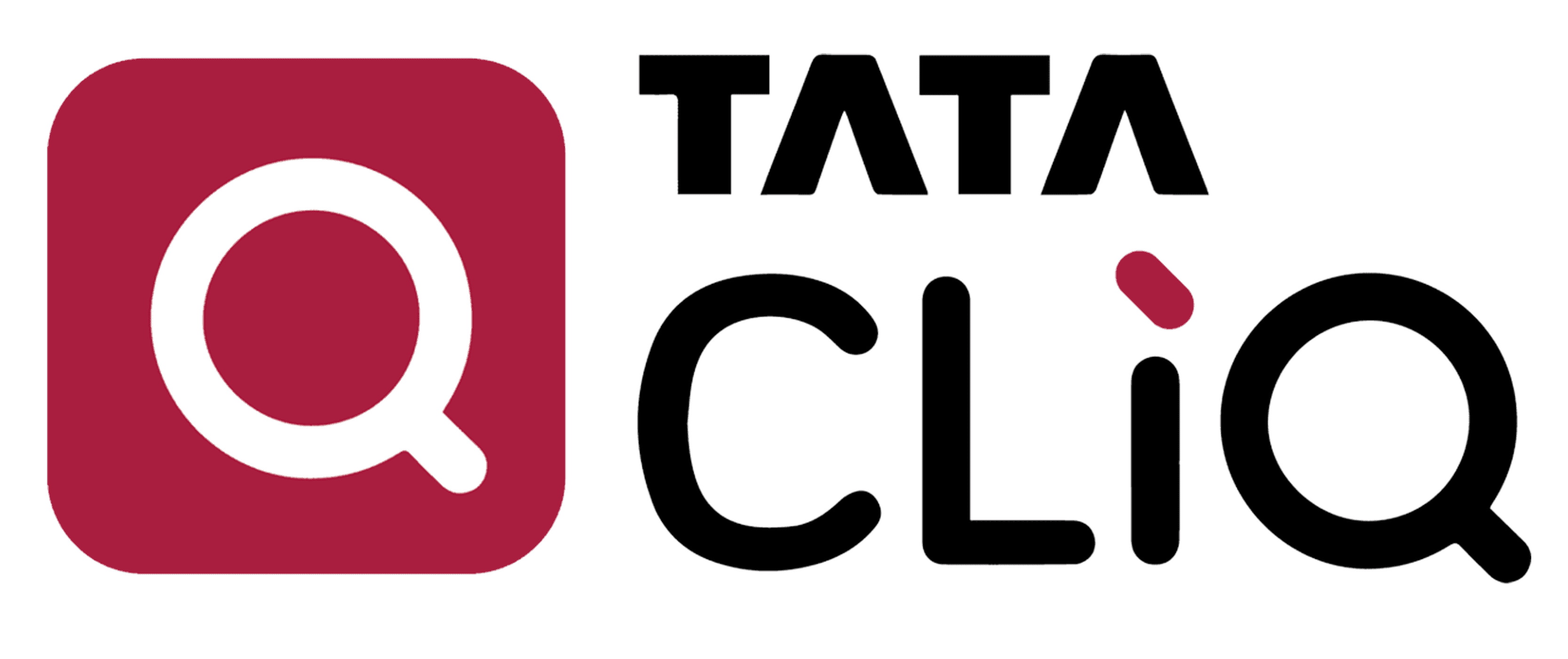Software development often comes with challenges that can slow down progress or introduce errors. From version control conflicts to scaling issues, developers face a range of problems that need practical solutions. In this blog, we’ll explore 10 common software development issues and offer strategies to solve them, helping you build more efficient and reliable applications.
Here are some common software development issues with their potential solutions that I could write about in my blog:
1. Version Control Conflicts
Issue: Multiple developers working on the same project might face conflicts while merging code.
Solution:
- Use feature branches for separate tasks.
- Implement proper code review processes.
- Resolve conflicts by merging code frequently (e.g., daily or even more often).
- Use tools like Git with detailed commit messages for better tracking.


2. Handling Technical Debt
Issue: Accumulating technical debt can slow down future development and create bugs.
Solution:
- Regularly refactor code to improve structure and remove inefficiencies.
- Avoid shortcuts during development.
- Allocate time in sprints to address technical debt.
- Use tools like SonarQube to identify and manage technical debt.
3. Scalability Problems
Issue: Applications may work fine with a small user base but encounter performance issues as users increase.
Solution:
- Implement load balancing and use cloud solutions to handle increased traffic.
- Optimize database queries, implement caching (e.g., Redis or Memcached), and use CDNs.
- Choose the right architecture like microservices to allow scaling individual components.
- Perform stress and load testing regularly.


4. Slow Build and Deployment Times
Issue: Long build and deployment times slow down the development process.
Solution:
- Use continuous integration/continuous deployment (CI/CD) tools such as Jenkins, GitLab CI, or CircleCI.
- Optimize the build process by modularizing code and only building what’s necessary.
- Use containerization (e.g., Docker) to create consistent development environments.
5. Security Vulnerabilities
Issue: Applications can be vulnerable to various attacks, such as SQL injection, XSS, or CSRF.
Solution:
- Follow secure coding practices like input validation, escaping user inputs, and using prepared statements.
- Regularly update libraries and dependencies.
- Use automated security testing tools like OWASP ZAP.
- Implement multi-factor authentication and secure API keys properly..


6. Managing Dependencies
Issue: Software projects rely on external libraries, which can lead to compatibility or security issues.
Solution:
- Regularly update dependencies but test thoroughly after updates.
- Use package managers (like npm for JavaScript, pip for Python) and lock files (e.g.,
package-lock.jsonorPipfile.lock) to ensure consistent builds. - Monitor for vulnerabilities using tools like Dependabot or Snyk.
7. Poor Documentation
Issue: Lack of documentation leads to confusion, especially for new developers joining the project.
Solution:
- Use tools like Swagger for API documentation.
- Write clear comments and maintain README files.
- Encourage a culture of documentation during the code review process.
- Use wikis or project documentation tools like Confluence.


8. Managing Large Codebases
Issue: As the codebase grows, managing it becomes more difficult and increases the risk of bugs.
Solution:
- Break down monolithic architectures into smaller, maintainable microservices.
- Implement domain-driven design to structure large applications.
- Use proper design patterns like SOLID principles for maintainability.
9. Cross-Platform Compatibility
Issue: Code that works on one platform may not work on another (e.g., Windows vs Linux).
Solution:
- Use cross-platform development frameworks (e.g., Electron for desktop apps or React Native for mobile).
- Write platform-agnostic code by abstracting platform-specific functionality.
- Regularly test on different platforms and environments.


10. Performance Optimization
Issue: Applications may be slow due to inefficient algorithms, unoptimized database queries, or resource bottlenecks.
Solution:
- Profile and monitor the application using tools like New Relic or Google Lighthouse.
- Optimize database queries and use indexes appropriately.
- Optimize code by using efficient data structures and algorithms.
- Use lazy loading techniques, caching, and minimize memory leaks.
Tackling common software development issues head-on can make a significant difference in the quality and efficiency of your projects. By proactively addressing these challenges—from version control conflicts to performance optimization—you can streamline development processes, reduce technical debt, and build more scalable, secure, and maintainable applications. Staying informed and adopting best practices will help you and your team stay ahead, ensuring long-term success in your software development journey.























































































